
Feel free to add tags, names, dates or anything you are looking for
.jpg)
.jpg)
Despite having room for new and bold ideas, art in Leningrad of the 1960s was already governed by the laws of Socialist Realism. The same was the case for choreography, which had already developed a similar tradition. In St. Petersburg, as early as the 1920s a new ballet aesthetic had been defined by Fyodor Lopukhov – the world-renowned reformer who brought George Balanchine's bold ideas into life.
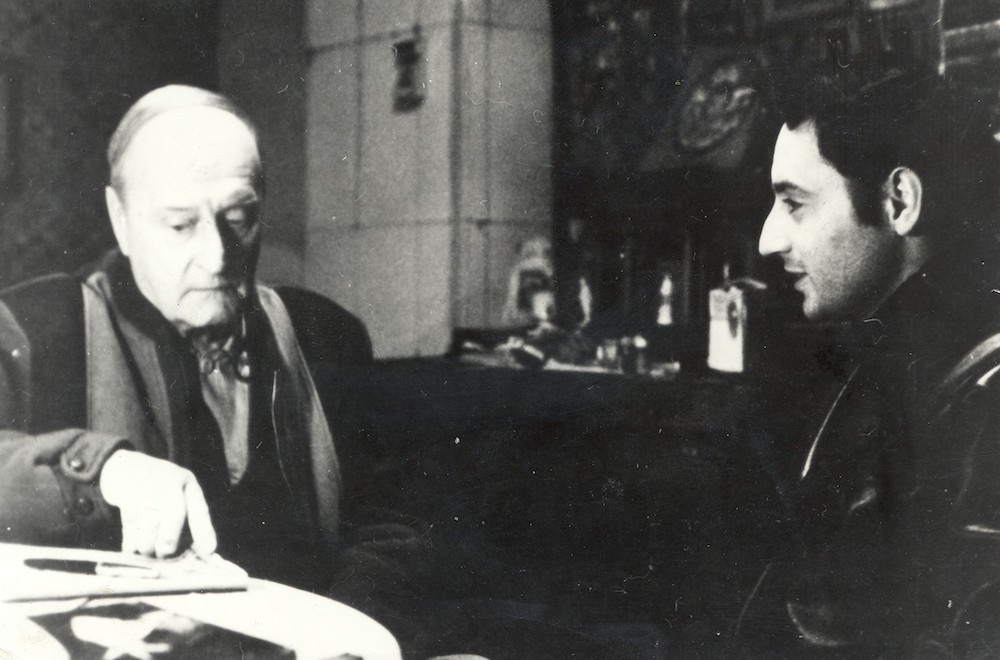
Fyodor Lopukhov and Giorgi Aleksidze in Saint Petersburg. 1964. Photos from Giorgi Aleksidze’s archive
However, due to his alienation from the Soviet regime, Lopukhov focused on teaching activities that gave the floor to his students. He invited Giorgi Aleksidze, who was then a third-year student of the Faculty of Choreography at the Conservatoire, to work on dance performances that were to be presented at the Leningrad Philharmonic. The idea of creating a new Chamber Ballet troupe was that of the French horn player of Leningrad Philharmonic Orchestra under Yevgeny Mravinsky, Vitaly Buyanovsky, and involved a simultaneous performance of chamber music and chamber ballet in one space. A musician performed on stage next to a dancing ballerina, who responded to the changes in rhythm and tempo with relevant improvisations. The very first of Giorgi Aleksidze's performances with the Chamber Ballet already involved daring statements, inappropriate and bold steps that were incompatible with Soviet ideology. Through Chamber Ballet, the innovative choreographer Giorgi Aleksidze offered a new style and form. The miniature Syrinx, which was staged to the music of Debussy, became a symbol of the troupe and was performed by Alla Osipenko and Natalia Makarova – two prominent ballerinas of the Mariinsky Theater. Both of them created an image of two delicate and tragic nymphs.
.jpg)
Giorgi Aleksidze’s Chamber Ballet. Natalia Makarova –Debussy’s “Syrinx” choreography by Giorgi Aleksidze. Photo by N. Alovert. 1966
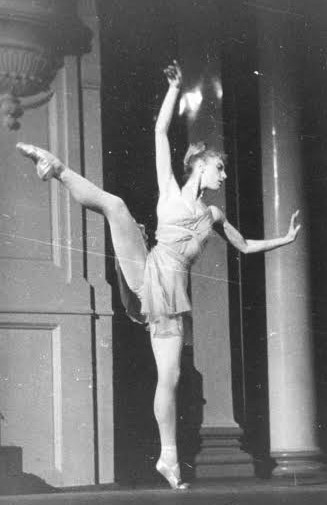
Giorgi Aleksidze’s Chamber Ballet. Alla Osipenko - Debussy’s “Syrinx” choreography by Giorgi Aleksidze. Photo by N. Alovert. 1966
The work turned out to be so interesting that Solomon Virsaladze, the famous scenographer of ballet and theatre, became interested in it and traveled especially to attend rehearsals and draw sketches. "I have never experienced a similar process with anyone, not any artist," - Giorgi Aleksidze later recalled this collaboration with pleasure.
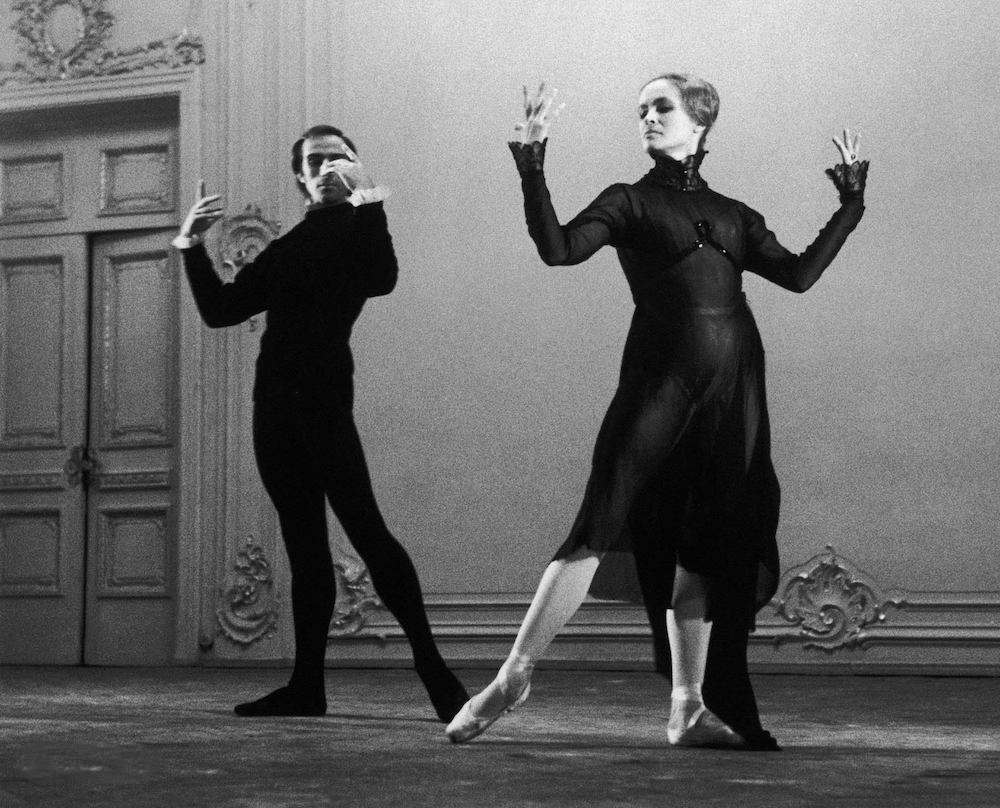
Aleksidze's Chamber Ballet and its contagious aesthetic effect are still remembered in St. Petersburg. As a result, other choreographers also decided to establish alternative troupes.
The ideology of the Chamber Ballet was continued through programs staged by the choreographer at the Mariinsky Theater. They did not go unnoticed, since the experiments and forms that were unacceptable to Soviet ideology had certain repercussions. One of the first contemporary pieces to be staged in the Soviet Union and focused on the ancient drama was Oresteia. It was developed by Giorgi Aleksidze to Yuri Falik’s music and caught the attention of the District Committee, an outlet of the Leningrad Communist Party, who considered it too erotic and modernist in style. It appears that the authorities decided to cancel the ballet. The rumors emerged from behind the scenes of the "all-powerful" party organization resulting in significant increase of the number of people desiring to attend the performance. The play sold out. The rumors proved to be true: this turned out to be the last performance of Oresteia. The ballet was removed from the repertoire.
Mozart’s Les petits riens was one of the distinguished performances that Giorgi Aleksidze staged during his Mariinsky period. He designed it specifically for a creative evening of the then rising star Mikhail Baryshnikov, whose partner in the performance was prima ballerina Irina Kolpakova. The rehearsals were captured by the camera of the famous photographer Nina Alovert. Unfortunately, however, no recording of the performance itself was preserved, and it exists only in the memories of the people who attended and admired the young Baryshnikov on stage.
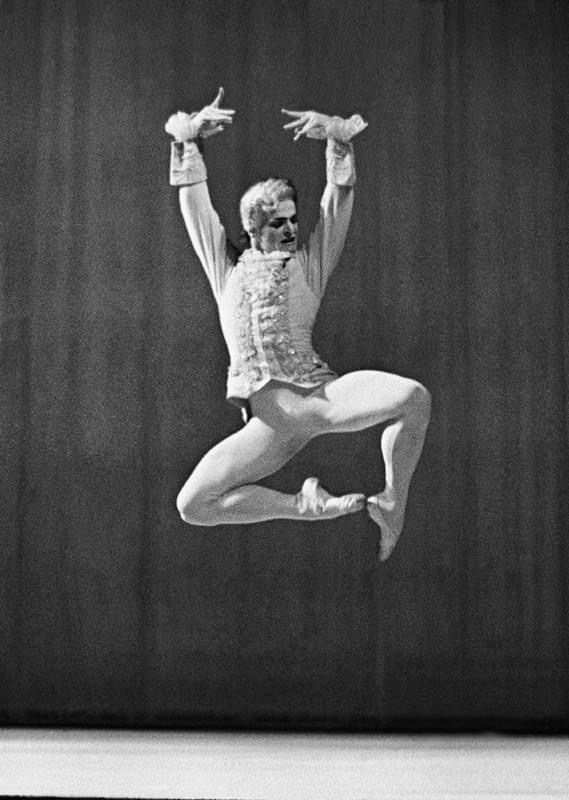
Mariinsky Theater. Mikhail Baryshnikov - Mozart’s “Les Petits Riens” choreography by Giorgi Aleksidze. Photo by N. Alovert. 1974
A few years later, Makarova and then Baryshnikov decided to defect to the West. Before this scandalous act, Baryshnikov traveled to Tbilisi on the invitation of Giorgi Aleksidze to perform in Giselle alongside the legendary Vera Tsignadze. In order to attract the audience, Giorgi Aleksidze, who at that time was artistic director of the ballet troupe at the Tbilisi Opera and Ballet Theater, personally distributed leaflets in the streets together with the rising legend of world ballet. The performance enjoyed an unprecedented success, and every evening was sold out.
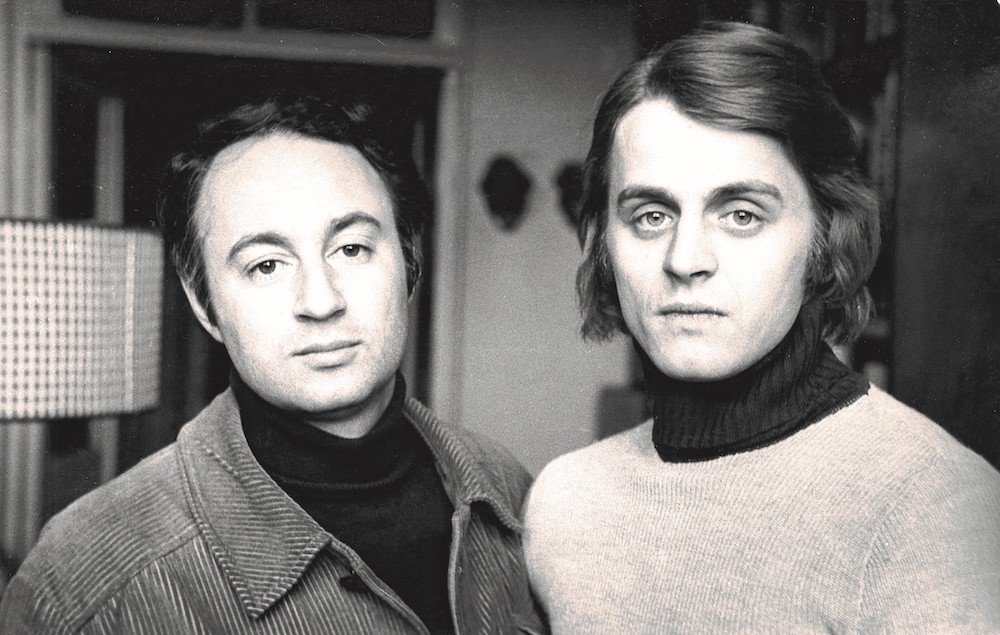
Giorgi Aleksidze and Mikhail Baryshnikov. Tbilisi 1974. Photos from Giorgi Aleksidze’s archive
In 1972 Giorgi Aleksidze was appointed Artistic Director of the Tbilisi Opera and Ballet State Theater, and he subsequently served in this leading position for thirty years. This represents the entire epoch of Georgian ballet following the legendary Vakhtang Chabukiani. Through his quest for innovations not only at the Opera and Ballet Theater, but also in parallel at the State Choreographic School that he became head of, Aleksidze decided to preserve the traditions of Georgian ballet as shaped by Chabukiani.

Giorgi Aleksidze and Vakhtang Chabukiani. Tbilisi 1986. Photos from Giorgi Aleksidze’s archive
In Georgian ballet his name is associated with aesthetic changes. The theater witnessed an exchange between several generations as well. Famous dancers of the older generation joined the ranks of the troupe's répétiteurs and tutors, while the younger ones were given the floor to take part in the choreographic innovations as suggested by the artistic director. After having introduced new editorial amendments to the classical ballet repertoire and bringing them closer to the original Mariinsky Theater versions, Giorgi Aleksidze began collaborating with Georgian composers and staging original Georgian ballet pieces. In cooperation with Aleksidze, Georgian composers wrote original ballet scores for Aleksidze’s performances. Giorgi Aleksidze staged the following pieces: Bidzina Kvernadze's Berikaoba, Sulkhan Tsintsadze's Dali and the Hunter, Vakhtang Kakhidze's Amazons, Revaz Gabichvadze's Medea, where Medea’s part was performed by Giorgi Aleksidze's wife, Marina Aleksidze - his soul mate and a leading soloist of the Tbilisi Opera and Ballet Theatre, one of the best dancers and later ballet master of the performances staged by Aleksidze.
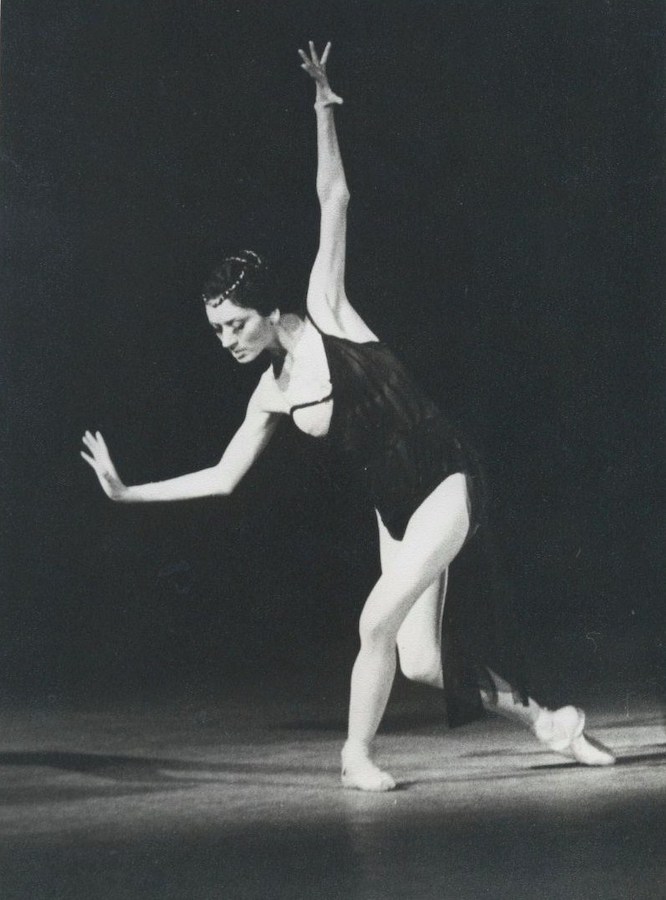
The stage design of the performances was produced by famous scenographers such as Koka gnatov, Yuri Gegeshidze, Georgi Alexi-Meskhishvili, Teimuraz Murvanidze, Giorgi Gunia, and Ina Inashvili.
The choreographer did not abandon his search for innovations, even during the civil war and unbearable famine of the 1990s. The theater had no heating, there was no public transport in the city, and there was no funding available for new performances. However, during this period Aleksidze created four cycles of one-act ballets and miniature programs: Symphonic Dances, Dramatic Ballets, Theme and Variations and the Evening of the Neoclassical Ballets. For these programs, Giorgi Aleksidze was awarded the State Prize of Georgia in 1998.

Giorgi Aleksidze offered dancers different aesthetics, sophisticated complex movements, and musical material which were not traditionally used by other choreographers during ballet performances. The repertoire of the Tbilisi Opera and Ballet Theater was enriched by pieces staged to the music of Bach, Vivaldi, Haydn, Mozart, Beethoven, Britten, Stravinsky, Sibelius, Dvořák, Berg, Schoenberg, Webern, Knaifel, Schnittke, Hindemith etc.
This was part of becoming closer to the European Tendencies of modern choreography and the introduction of Georgian ballet abroad. Owing to the “iron curtain,” Aleksidze did not have the opportunity to establish a creative relationship with the West until the collapse of the USSR.During the Montpellier Dance Festival under the direction of Giorgi Aleksidze the ballet troupe performed his unique one-act ballets: Giya Kancheli's Demon, Jean Sibelius's The Swan of Tuonela, Alfred Schnittke’s Connexion, and Sulkhan Nasidze’s Pirosmani – featuring for the first time the future ballet star Irma Nioradze. The contemporary ballet Medea, which was staged to Alexander Knaifel’s music, and Vakhtang Kakhidze’s Amazons were performed at several festivals in Greece. The world premiere of Franco Mannino's ballet from Columbus to Broadway took place in Rome on the stage of Thermae of Caracalla. The project Scheherazade (music by Rimsky-Korsakov, Maurice Ravel and Vakhtang Kakhidze) premiered in Spain at the Santander Art Festival with the participation of prima ballerina Maya Plisetskaya. Successful ballet tours also took place in Malta, Moscow, and St. Petersburg, where the troupe presented Giya Kancheli's Diplipito.
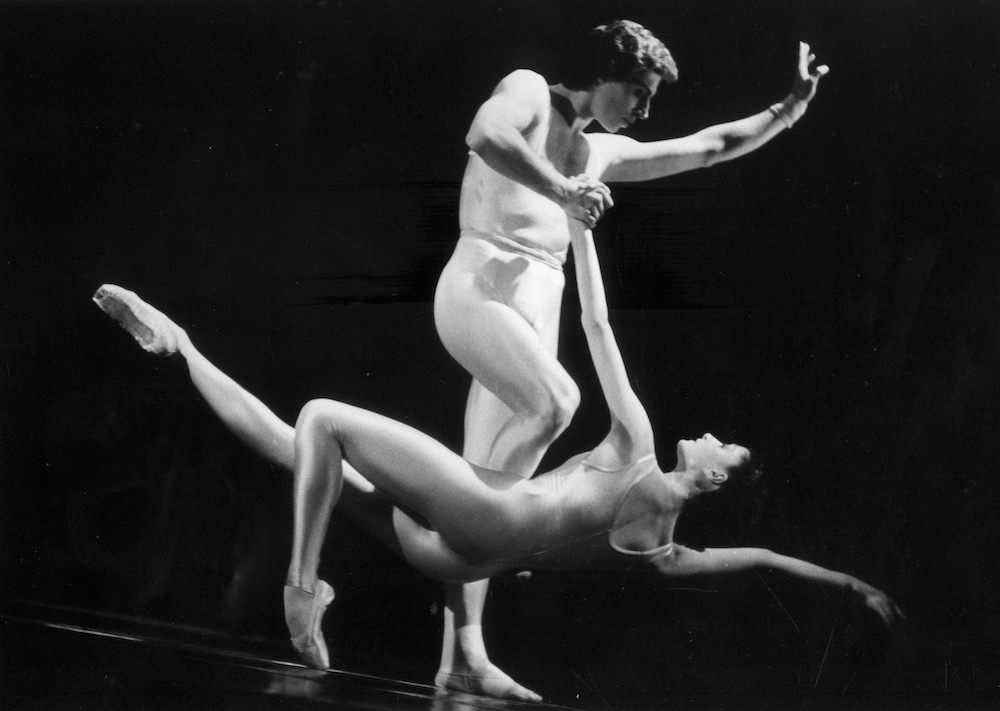
In 1991, the Monte Carlo production company Three Caravels organized a grandiose project, Prayer for the Age of Aquarius by the composer Sofia Gubaidulina, which was presented at the Teatro Carlo Felice in Genoa, Italy. The musical director and conductor of the project was the legendary Mstislav Rostropovich, and choreographer Giorgi Aleksidze was invited to develop the performance, which was realized with the participation of the great opera singer Galina Vishnevskaya, the stage designer Teimuraz Murvanidze, the ballet troupe of the Mariinsky Theater, the choir of the Riga Opera, and the orchestra of the Genoa Theater.
When asked in numerous interviews about the key features of his performances, Giorgi Aleksidze answered: “I am guided by music, which is everything to me." Music inspired his characters, helped to create a choreographed text that was sculpted for the body of a dancer, empowered the artist to work in a variety of genres and movements. According to Aleksidze, the best way for him to express his aesthetics and internal universe was a choreographic miniature, the short format of which allowed him to convey his ideas most successfully. Giya Kancheli's Instead of a Tango, which was performed by the Tbilisi Opera and Ballet Theater troupe at the Edinburgh Festival in 1997, became one of the best examples of Aleksidze's choreographic approach.
During the last year of Aleksidze’s life, the Leonid Yacobson Ballet Theatre of St. Petersburg presented the choreographer’s creative evening From Classicism to Postmodernism. The ballet troupe Choreographic Miniatures, which was based on the ideas of Giorgi Aleksidze’s Chamber Ballet, was at that time headed by the choreographer himself. Despite suffering from a serious physical injury, he presented twenty-two new miniatures. The program seemed to summarize his past artistic life – the miniatures showed all styles the choreographer had worked on during his creative years. After his death, the choreographer was posthumously awarded the highest theatrical premium of St. Petersburg The Golden Soffit (2008) for the highest achievements in the development of ballet miniatures.
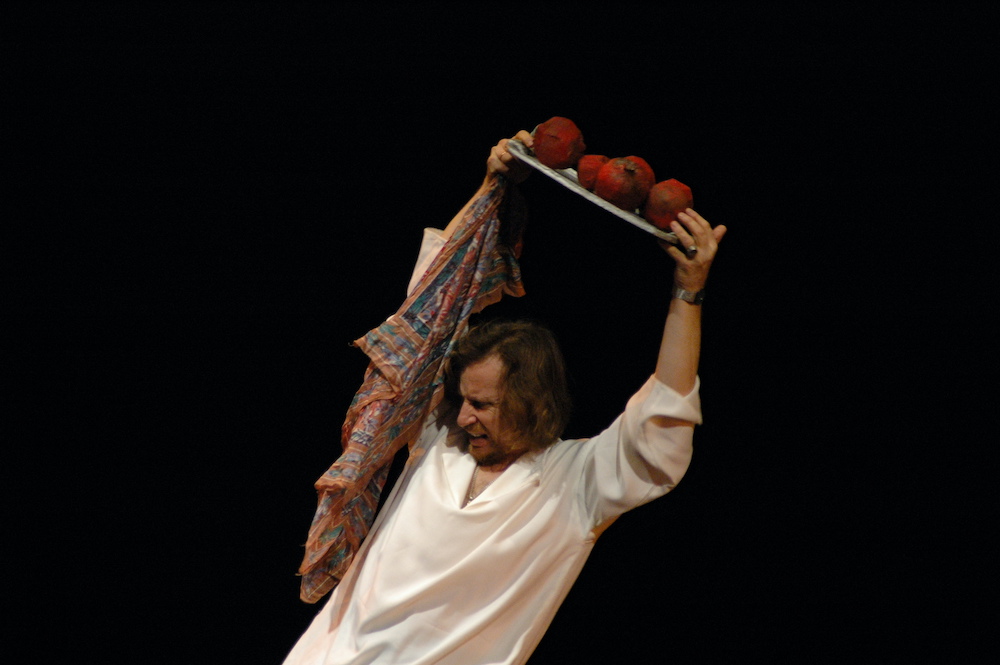
The evening demonstrated that Aleksidze had remained true to his own principles and included the pieces of Georgian composers in this program as well. The ballet miniature Medea which was created based on Ioseb Kechakmadze's choral work, became one of the most outstanding miniature works of the program; the ballet miniature Pomegranate Flower staged to the music of Giya Kancheli was dedicated to the memory of film director Sergei Parajanov with whom Giorgi Aleksidze shared not only a personal friendship, but a creative relationship too. He was the choreographer of the director’s masterpieces Ashik Kerib and Surami Fortress where he introduced organic movements similar to those in The Styx by Robert Sturua, theatre director and artistic director of the Rustaveli National Theater. Sturua’s performance was produced in cooperation with Kancheli, whose music was revived on stage through the application of theatrical and choreographic tools.

Pedagogy was one of the most important aspects of Giorgi Aleksidze's work. He started working as an Pedagogue while still a student enrolled at the Leningrad Conservatoire‘s Faculty of Choreography. One of his first students was Boris Eifman, the founder of the famous Eifman Ballet of St. Petersburg. Aleksidze was the author of a unique, original program for educating choreographers. He became head of the Department of Choreography at the A. Vaganova Ballet Academy and a professor at the The Russian Institute of Theatre Arts. During the last year of his life, he established a higher professional program at the Tbilisi State Conservatoire for educating choreographers.
The People's Artist of Georgia and Knight of the Order of Merit was posthumously awarded the Presidential Order of Excellence in 2021 for his unique service to the country, outstanding contribution to the development of neoclassical and contemporary ballet in Georgia and of Georgian choreography.
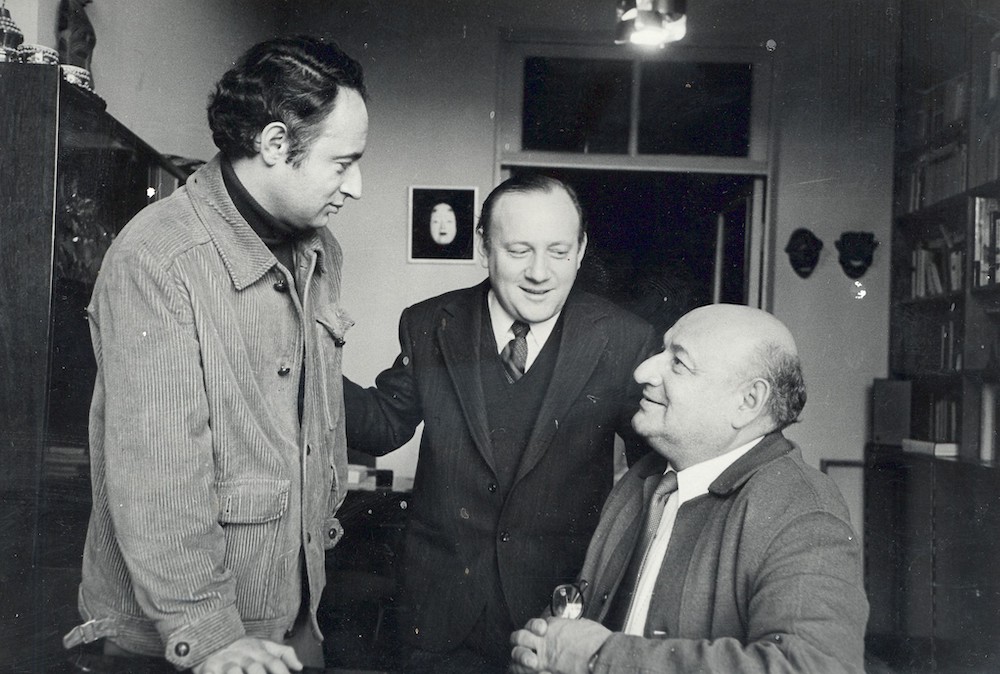
Giorgi Aleksidze was born into the family of a renowned director Dimitri Aleksidze. “Father himself was a theater” – recollects Giorgi Aleksidze. Indeed, theater is created by people, and life determines its essence and future. Dance theater is most strongly associated with individuals. Mariam Aleksidze, the choreographer’s daughter, came up with the idea of how to continue Giorgi Aleksidze's ideas in the world of contemporary dance and in 2016 founded the Giorgi Aleksidze Tbilisi Contemporary Ballet Company. Up till now, Mariam has already authored numerous pieces of contemporary ballet.
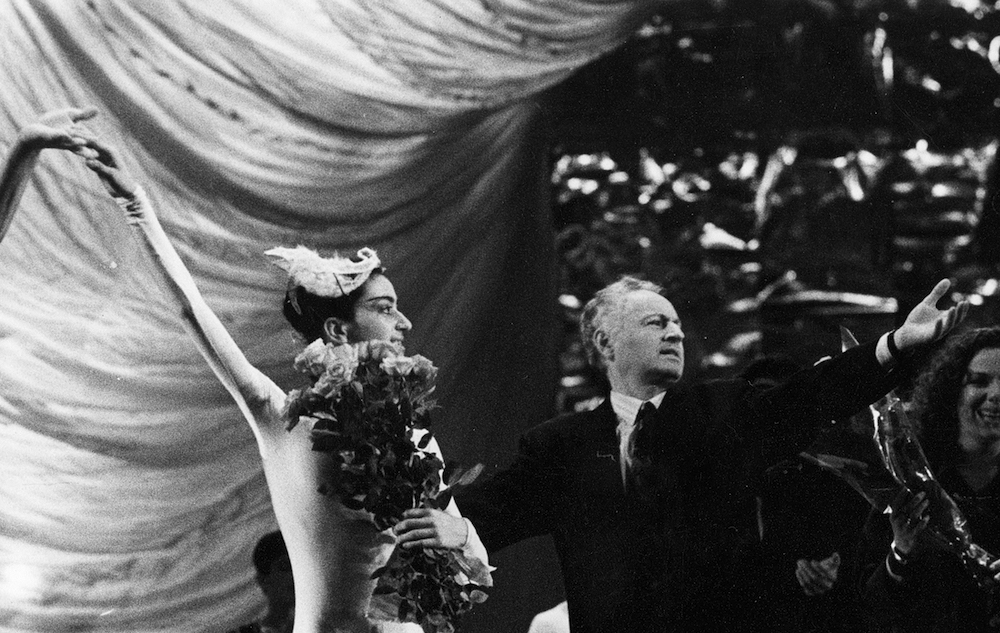
Giorgi and Mariam Aleksidze after the performance. 1994. Photos from Giorgi Aleksidze’s archive
Giya Kancheli's “Diplipito” – choreography by Giorgi Aleksidze restored by Mariam Aleksidze at Giorgi Aleksidze Tbilisi Contemporary Ballet. Photo by T. Kazakhishvili. 2017
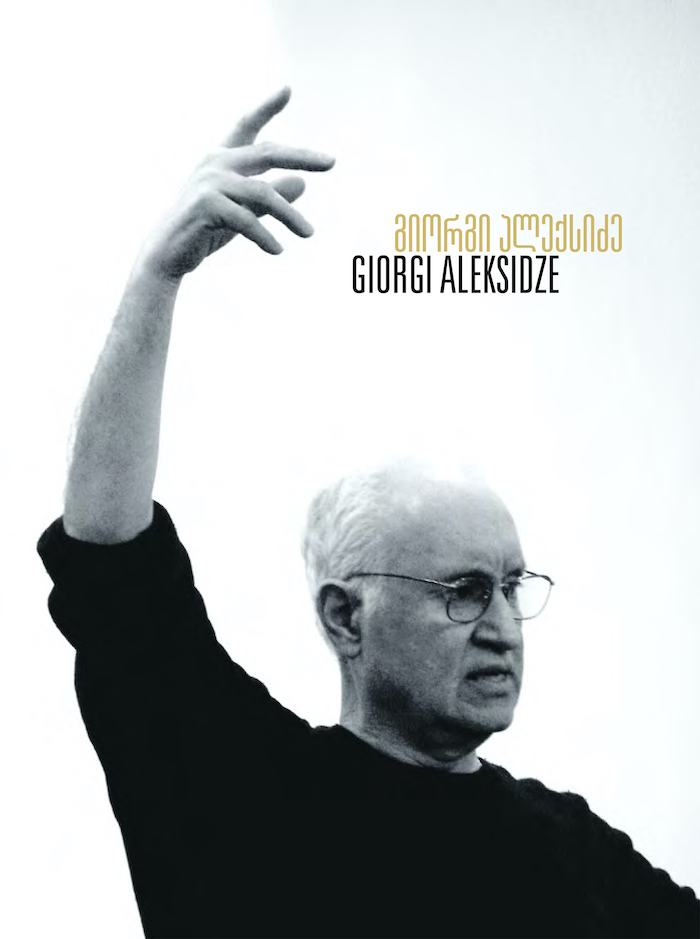
Giorgi Aleksidze. Photo by V. Zenzinov. 2006
The repertoire of the Giorgi Aleksidze Tbilisi Contemporary Ballet chamber troupe consists of choreographic performances created by both father and daughter. Along with restoring her father's choreography, Mariam Aleksidze continues producing her original performances working with the younger generation of dancers - members of the Tbilisi Contemporary Ballet. She completes the legacy of Giorgi Aleksidze with her own words and offers her own vision of contemporary choreography.